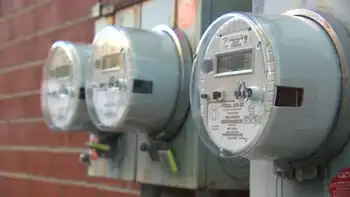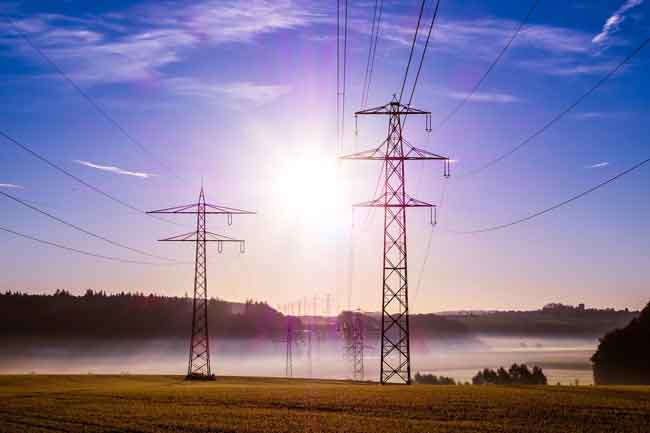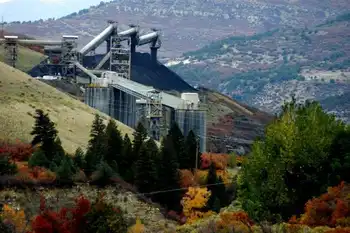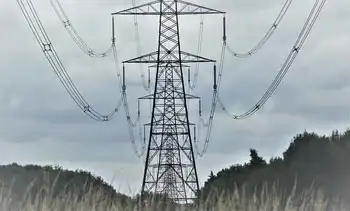DC power gaining wider acceptance
- During the late 1800s Thomas Edison and George Westinghouse were engaged in an intense industrial rivalry.
Edison's electrical inventions ran on DC direct current. Westinghouse tried to convince governments and business that AC alternating current was the way to go for the development of large-scale power distribution systems. In their book American Entrepreneur: The Fascinating Stories of the People Who Defined Business in the United States, Larry Schweikart and Lynne Pierson Doti retell how the battle got pretty nasty.
"Edison's company enthusiastically publicized accidents from AC voltage, to the point of conducting experiments in which cats were electrocuted to show its dangers. Newspapers cooperated with stories whose headlines read 'Electric Wire Slaughter' and 'Another Lineman Roasted to Death.' After the State of New York adopted electrocution using AC as its means of capital punishment, Edison officials referred to it as 'Westinghousing' the condemned."
"Then in 1892, Westinghouse's company won the competition to provide the lighting for the Chicago Columbian Exposition, proving to the world the safety and efficiency of AC power. That was the break that Westinghouse needed, and contracts to provide electricity to homes and businesses flooded Westinghouse Electric."
Throughout the twentieth century, AC transmission and distribution systems spread around the world and DC power, when required to operate something, was either provided through the use of a power-consuming transformer or by a relatively small DC storage device - a battery. In recent years, though, DC has been coming back into prominence.
- The major renewable energy technologies, photovoltaic solar and wind, produce DC power.
- DC-based options tend to be at the forefront of possibilities for local power storage.
- Microgrids, which produce, store and consume electricity locally, may be dominated by DC.
- Rapid charging of electric vehicles EVs with DC power is looking to be an important facilitator of EV acceptance. A number of previous Pike Research blog postings include discussions of this topic.
Another important trend has been the increasing importance of DC power within buildings This is especially true in offices for computers, monitors, servers and all of those other devices that have transformers. The transformers are those little bricks that convert the AC power coming from the outlet to the DC power that the devices require. These boxes feel warm to the touch because the conversion process is not totally efficient and some electricity is lost as heat.
In addition, lighting, the largest single use of electricity within buildings, is starting to move toward solid-state technology. LEDs are DC powered devices and the conversion of AC line power to DC involves some power loss.
A number of companies recognized this trend toward DC demand and, in 2008, joined together to form the EMerge Alliance. The Alliance's membership includes major energy service and product companies, as well as many of the major lighting and lighting control vendors. Hubbell, founded by the inventor of the original two-pin plug and socket, just recently joined. EMerge has two primary goals:
- Reduce or eliminate conversions where practical with AC-DC hybrid microgrids.
- Connect DC sources directly to DC loads.
The Alliance's mission is "developing standards leading to the rapid adoption of DC power distribution in commercial buildings." The standards would help eliminate much of the inefficient conversion of AC to DC between power sources and digital devices. The Alliance states that this will also facilitate the use of the most up-to-date, energy efficient products and controls by easing their installation.
One of the most intriguing drivers behind the work of the EMerge Alliance is the need to better integrate on-site renewable energy generation into the rest of the building's or campus' power supply. Normally, the solar photovoltaic or wind power is converted to AC by an inverter and fed into the local grid. Some installations have been designed to charge batteries, making the power available for later use, though the battery power is often converted to AC first. There are places where the solar PV or wind DC power is used directly to power DC devices such as large motors or drives, but this is only practical in a limited number of facilities that already are using a large amount of DC power.
In the EMerge Alliance vision, even an office building would be able to make direct use of on-site renewable energy. The Electrical Power Research Institute EPRI estimates the efficiency gain for use of on-site renewable energy without conversion to AC at 10-15 percent.
The EMerge Alliance's first standard, released during October 2009, defines a 24-volt DC microgrid for use in commercial interiors Occupied Space. A standard for Data Centers is under development and expected to be released during 2011. Other standards for Building Services larger building loads such as HVAC and industrial processes, and Outdoor outdoor lighting, signs and EV charging are also planned.
One of the EMerge Alliance's biggest challenges is overcoming the perceived safety issues associated with DC power an interesting twist from Edison's early attacks on AC. The specified use of class 2 circuits, as defined by the National Electrical Code, provides acceptable protection from electrical shock and fire hazards. In fact, such 24 Volt DC power is said to be significantly safer than the power at 120 Volt AC wall outlets.
Another approach to ensuring both safety and reliability has been to develop a list of EMerge Alliance Registered Products. The California Lighting Technology Center evaluates products to ensure compliance with the standard. The first registered products were announced at Greenbuild in November.
There have already been a number of installations using the Occupied Space standard, plus some pilots of the Data Center standard. The EMerge Alliance recently announced that Intel Labs is planning to install systems using both of these standards at its New Mexico Energy Systems Research Center. The project will include solar PV, a world-class PUE power usage effectiveness data center, energy storage, office lighting, and electric vehicle charging.
Over there in West Orange, New Jersey, the spirit of Thomas Edison is probably quite pleased.
Related News

Metering Pilot projects may be good example for Ontario utilities
SUDBURY - The results from three electricity pilot projects being offered in southern Ontario will be valuable to utility companies across the province.
Ontario Energy Minister Glenn Thibeault was in Barrie on Tuesday to announce the pilot projects, which will explore alternative pricing plans for electricity customers from three different utility companies.
"Everyone in the industry is watching to see how the pilots deliver.", said Wendy Watson, director of communications for Greater Sudbury Utilities.
"The data will be shared will all the LDCs [local distribution companies] in the province, and probably beyond...because the industry tends to share that kind of information."
Most electricity customers in the province…




